In today’s digital age, a wealth of information and resources has empowered homeowners to take matters into their own hands, particularly when it comes to home improvement projects. Plumbing, an intricate and often challenging aspect of household maintenance, has become a popular area for DIY (Do-It-Yourself) enthusiasts.
A quick search online yields countless tutorials and how-to guides, promising a self-taught mastery of tasks that once seemed exclusive to professionals. However, as with any skilled trade, DIY plumbing projects come with their own set of advantages and drawbacks. Before one dives wrench-first into a leaky sink or attempts to reroute pipes, it’s crucial to weigh the pros and cons of taking the DIY route versus calling in a professional.
Pros:
Cost Savings:
One of the primary reasons many homeowners turn to DIY plumbing solutions is the potential for cost savings. Hiring a professional plumber can sometimes be expensive, especially for minor repairs. By handling these tasks independently, you can save on labor costs and only spend on the necessary materials.
Self-satisfaction:
Completing a plumbing project on your own can offer immense satisfaction. It’s a testament to one’s ability to learn, adapt, and tackle challenges head-on. Moreover, this sense of accomplishment can boost confidence in other DIY home improvement endeavors.
Flexibility in Timing:
When you handle a project yourself, you aren’t tied down to a professional’s schedule. You can choose to address the plumbing issue at a time that’s most convenient for you, without having to wait for an available appointment slot.
Customization:
Going the DIY route allows homeowners to have complete control over their project. This means you can select the materials and techniques that align with your preferences and the specific needs of your home.
Cons:
Risk of Mistakes:
Plumbing is a complex trade, and even a seemingly minor error can escalate into a significant problem. A wrongly fixed leak might lead to water damage, or a misconnected pipe can result in more severe issues. Mistakes can be costly and might end up requiring professional intervention, negating any initial savings.
Lack of Expertise:
While online tutorials can be informative, they cannot replace the years of training and experience that a professional plumber possesses. This expertise often helps in quickly diagnosing issues, recommending the most effective solutions, and ensuring the longevity of repairs.
Safety Concerns:
Plumbing projects can sometimes involve risky tasks, like soldering or dealing with high water pressure. Without proper knowledge and precautions, DIY enthusiasts might expose themselves to potential injuries.
No Guarantees:
Professional plumbers often provide warranties or guarantees for their work. This ensures that if something goes wrong shortly after a repair or installation, it gets addressed without extra charges. DIY projects, on the other hand, don’t come with such assurances.
In Short: Is It Worth It?
While DIY plumbing projects can be tempting for their cost-effectiveness and the allure of hands-on work, they are not without their challenges. It’s essential for homeowners to assess the complexity of a task, their own skill level, and the potential risks involved before making a decision. Sometimes, it might be more prudent to consult or hire a professional to ensure the job is done right the first time.
What to Do When You Have Plumbing Problems?
Stay Calm and Assess the Situation:
Panicking won’t help. First and foremost, take a deep breath and try to understand the nature and severity of the problem. Is it a minor drip or a major leak? Is there potential for water damage?
Turn Off the Water Source:
If there’s a significant leak, immediately shut off the water source. Most fixtures have individual shut-off valves, but if you can’t find it or if the problem is more widespread, turn off the main water valve to the house.
Contain the Issue:
Place buckets under leaks to prevent water damage, and use towels or rags to clean up any spilled water. If drains are clogged, refrain from using the fixture until the issue is resolved.
Document the Problem:
Take photos or videos of the issue. This can be helpful for explaining the problem to professionals or for insurance purposes if there’s significant damage.
Determine if It’s a DIY Fix:
Based on your assessment and comfort level, decide whether it’s a problem you can tackle on your own or if it requires professional intervention. Simple issues like replacing a washer or using a plunger might be within the realm of DIY. However, more complex problems, especially those involving gas or main water lines, typically need an expert’s touch.
Know When to Call a Professional:
If you’re unsure about the problem, how to fix it, or if the issue persists despite your efforts, it’s time to call in Tempe plumbers. It’s always better to be safe than sorry. A professional can provide an accurate diagnosis and solution.
Regular Maintenance:
To prevent future plumbing issues, consider regular maintenance. This can include routinely checking fixtures for leaks, cleaning drain traps, flushing your water heater, and having a professional inspection once in a while.
Conclusion
The world of plumbing is a delicate balance between the allure of DIY possibilities and the assurance that comes from professional expertise. Homeowners, equipped with online resources and tools, might find the temptation to tackle plumbing projects a worthy challenge, enjoying the satisfaction and potential savings that come with it. However, with the intricate nature of plumbing systems, it’s vital to approach each issue with a mix of knowledge, caution, and pragmatism.
While taking the reins on minor repairs can be both fulfilling and cost-effective, it’s equally crucial to recognize when a situation is beyond one’s skill set. By being proactive, regularly maintaining plumbing systems, and knowing when to call in the experts, homeowners can ensure a smooth-flowing, efficient household, safeguarding both their investment and well-being. In the end, whether DIY or professionally done, the aim is a home where water flows just as it should, without unwanted surprises.

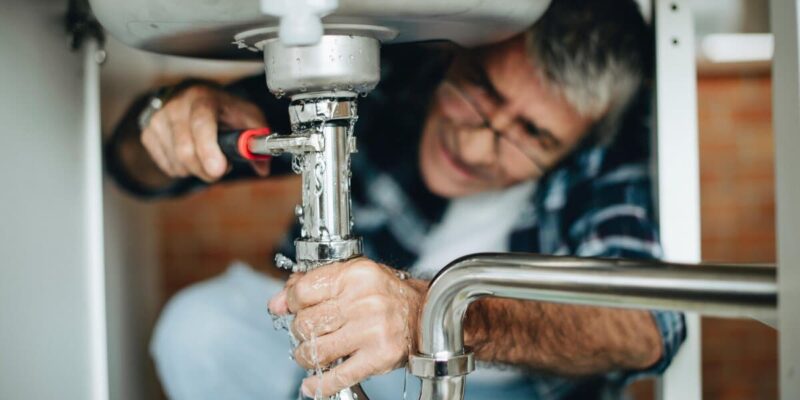
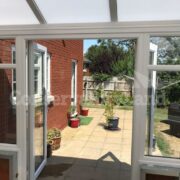


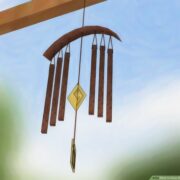


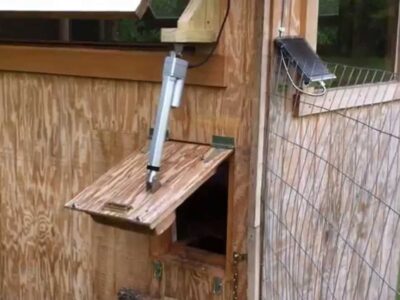

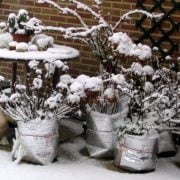


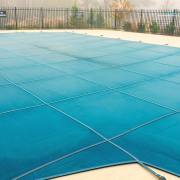
Comments